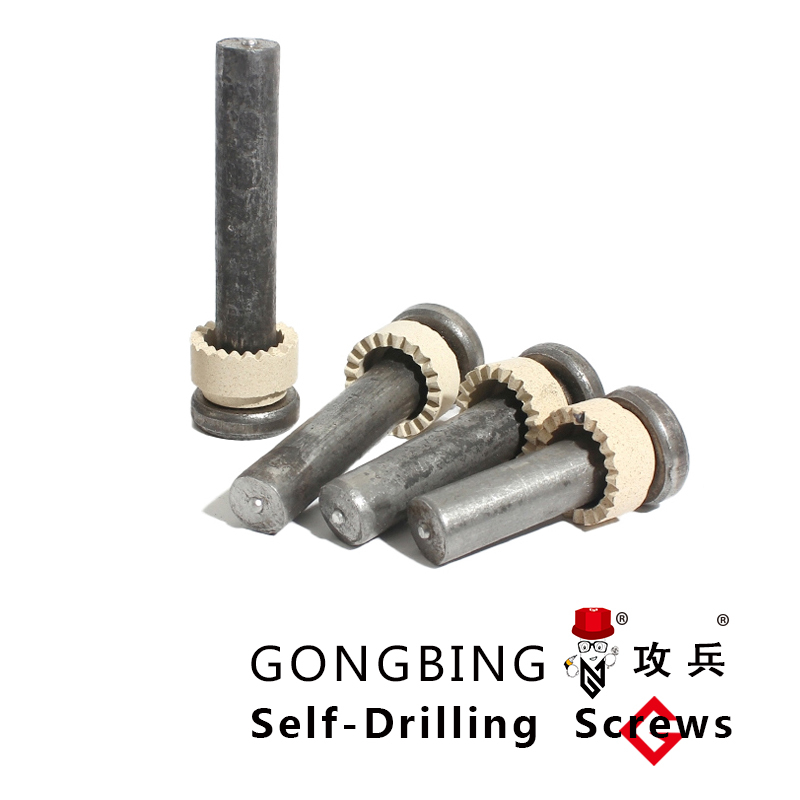Exploring Various Categories of Foundation Bolts for Construction and Structural Applications
Different Types of Foundation Bolts
Foundation bolts play a crucial role in construction, serving as essential components that anchor structures to their foundations. These bolts ensure safety and stability, resisting various loads and environmental factors. Understanding the different types of foundation bolts and their applications is vital for architects, engineers, and builders.
1. L-Bolts
L-bolts are characterized by their distinctive L shape, designed to provide a robust anchoring system. The long, straight part of the bolt is embedded into the concrete, while the shorter horizontal section secures to the structure. L-bolts are particularly beneficial for securing wooden sill plates to concrete foundations in residential buildings, providing a solid connection that helps resist lateral forces during events like earthquakes or high winds.
2. J-Bolts
J-bolts have a hook-like configuration, resembling the letter J. This design makes them ideal for applications requiring a hook or a tie-down. Typically anchored into concrete before it sets, the hooked end of the bolt can also secure plates, beams, or other structures. J-bolts are commonly used in industrial applications, where increased tensile strength is necessary for heavy loads or where structures are subject to vibrations and dynamic forces.
3. Anchor Bolts
Anchor bolts are a versatile category, with numerous forms and designs to accommodate various applications. They can be cast-in-place or post-installed, allowing flexibility in construction processes. The commonly used versions include straight anchor bolts, which provide a straightforward installation, and bent anchor bolts, which have a specific angle helpful for certain structural connections. Made from high-strength steel, anchor bolts are essential in securing columns, machinery, and other heavy equipment to concrete foundations.
different types of foundation bolts

4. Expansion Bolts
Expansion bolts, also called expansion anchors, are installed into pre-drilled holes in concrete or masonry. When the bolt is tightened, it expands, gripping the sides of the hole securely. This type of bolt is ideal for applications requiring adjustable tension or removable fixtures. Commonly used in both temporary and permanent installations, expansion bolts are suitable for attaching brackets, electrical panels, or even light fixtures, understanding that load-bearing capacity will depend on the specific material they are anchored within.
5. Chemical Anchors
Chemical anchors are unique in their installation method. Rather than being mechanically expanded, they use a resin that bonds the bolt within the substrate. This type allows for high load capacities and is particularly effective in situations where vibration or potential re-tightening may be necessary. Chemical anchors are frequently used in retrofitting applications, repair projects, and in areas where traditional mechanical anchors may not provide sufficient strength.
6. Strip Bolts
Strip bolts, or continuous bolts, consist of a long, straight rod with threads along its length. They are often used in situations requiring multiple attachment points along a single fixture. These bolts provide flexibility when positioning components like metal frames, allowing for varying distances between bolts. Strip bolts are commonly found in industrial settings, fabrication shops, and in the construction of large structures like bridges and commercial buildings.
Conclusion
Foundation bolts are a crucial aspect of construction engineering, offering strength, stability, and safety for various structures. Choosing the correct type of foundation bolt depends on the specific requirements of the project, including load types, environmental conditions, and the materials used. By understanding the various types of foundation bolts, builders and engineers can ensure that their structures are built to last, capable of withstanding the stresses and strains of their environments. Whether it's L-bolts anchoring a residential sill plate, or chemical anchors securing heavy machinery, choosing the right foundation bolt is key to any successful construction endeavor.
-
Weatherproof Plastic Expansion Anchors for OutdoorأخبارJun.06,2025
-
Sustainability in the Supply Chain: Eco-Friendly TEK Screws ProductionأخبارJun.06,2025
-
Load-Bearing Capacity of External Insulation FixingsأخبارJun.06,2025
-
Double Head Bolts: Enhancing Efficiency in Industrial MachineryأخبارJun.06,2025
-
Corrosion Resistance in Chipboard Screws: Coatings for Wholesale DurabilityأخبارJun.06,2025
-
Butterfly Toggle Bolts : Enhancing Structural ResilienceأخبارJun.06,2025
